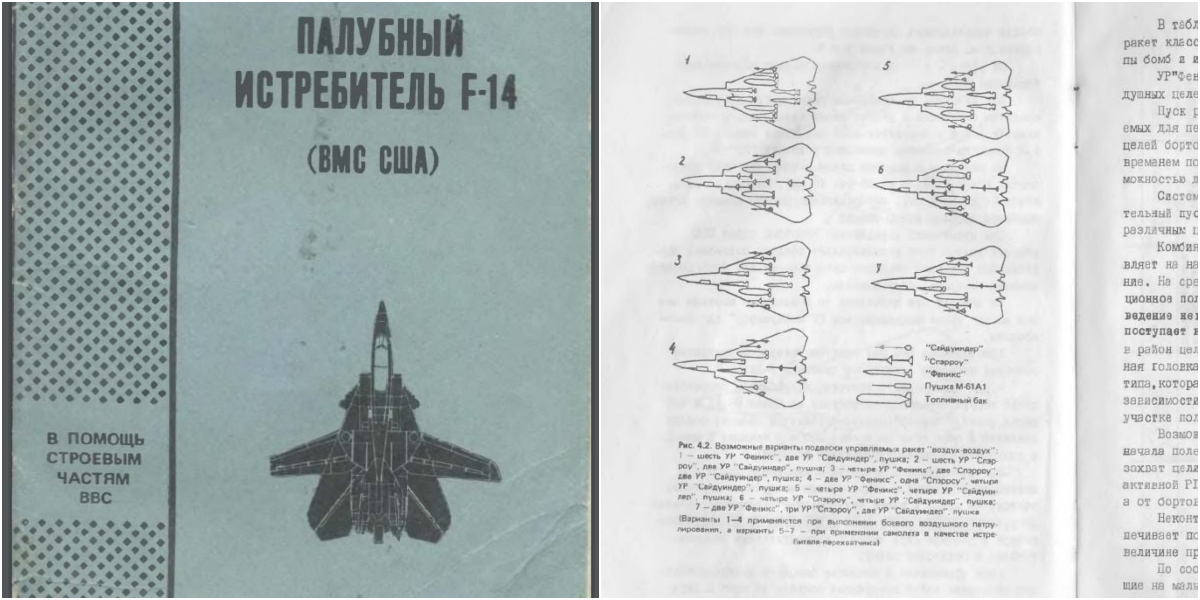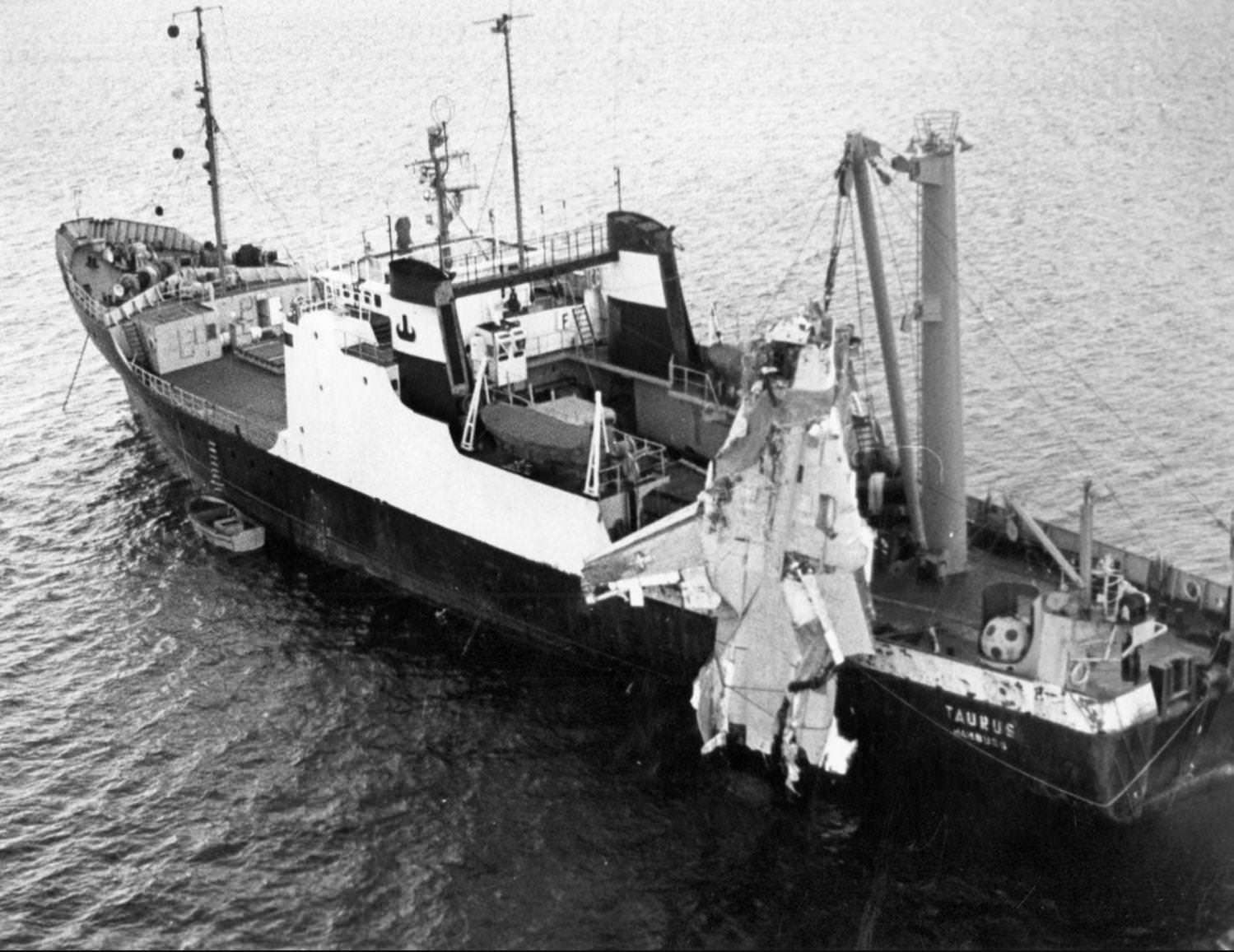Inspired by the discussion on Iran, suppose for a moment that they went for a split F-14/F-15 buy and/or the revolution takes places a bit later allowing the F-16s to arrive which i understand was planned for 1979. Supposed the new iranian government agrees to give to USSR/China samples of their US fighters in return for economic /military help or hefty payments or whatever.
My main interest is how would F-14/15 and possibly F-16 in soviet hands will affect their aircraft development. At this time the MiG-29 and Su-27 were not in service yet. Especially in regards to radars and electronics, would there be time to incorporate features or even downright copy the AWG-9, APG-63 and APG-66 for use on the MiG-29, Su-27 and other aircraft? How about the AIM-54, AIM-7F and AIM-9L?
Same question re China, they were far behind the USSR let alone the US in 1980, but with access to the US teens, radars, electronics, engines etc, it will be a revolution for them. Could we see chinese copies of F-14/15/16?
Also, was there a small possibility of an F-14 defecting from Iran before the revolution? Maybe a soviet plant, or a disgruntled pilot?
My main interest is how would F-14/15 and possibly F-16 in soviet hands will affect their aircraft development. At this time the MiG-29 and Su-27 were not in service yet. Especially in regards to radars and electronics, would there be time to incorporate features or even downright copy the AWG-9, APG-63 and APG-66 for use on the MiG-29, Su-27 and other aircraft? How about the AIM-54, AIM-7F and AIM-9L?
Same question re China, they were far behind the USSR let alone the US in 1980, but with access to the US teens, radars, electronics, engines etc, it will be a revolution for them. Could we see chinese copies of F-14/15/16?
Also, was there a small possibility of an F-14 defecting from Iran before the revolution? Maybe a soviet plant, or a disgruntled pilot?



